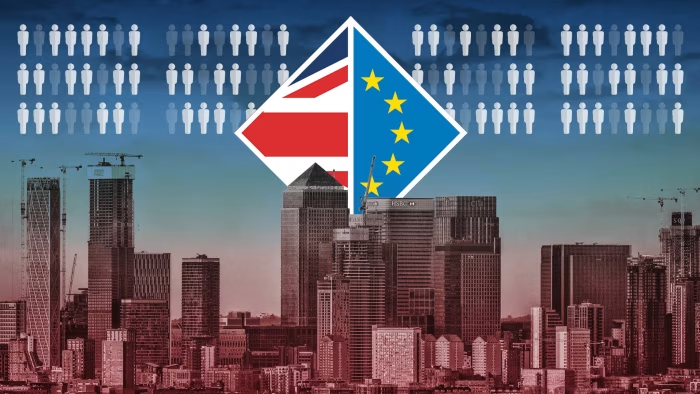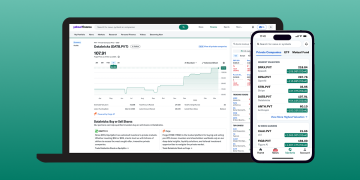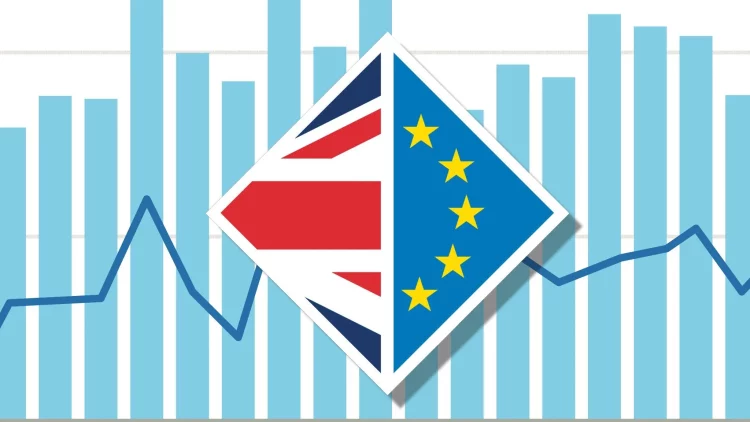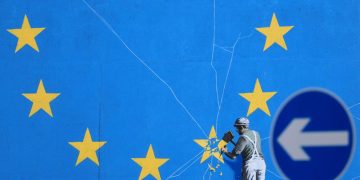Introduction
The United Kingdom’s exit from the European Union, formally known as Brexit, marked a watershed moment in modern European history. While the official departure occurred on January 31, 2020, its ramifications continue to reverberate across the continent. What was once seen as a political and economic decision has evolved into a long-term recalibration of trade, investment, and financial dynamics between the UK, the EU, and global markets. This article examines the ongoing effects of Brexit on the UK economy, its impact on the European Union and financial markets, the emerging long-term trends and challenges, and how European investors are adapting to the post-Brexit environment.
1. Brexit’s Ongoing Effects on the UK Economy
Brexit was touted by its advocates as an opportunity to restore the UK’s sovereignty and unlock new trade potential outside the EU. However, the economic consequences have been far more nuanced, with significant challenges overshadowing potential gains. The UK has faced slower GDP growth compared to its pre-Brexit trajectory, driven by disruptions in trade, labor shortages, and reduced foreign investment.
One of the most immediate impacts of Brexit was the introduction of new trade barriers. The UK’s departure from the EU single market and customs union led to increased paperwork, customs checks, and regulatory hurdles for businesses trading across borders. This shift disproportionately affected small and medium-sized enterprises (SMEs), many of which lacked the resources to navigate the complexities of the new trade regime. The UK’s financial services sector, a cornerstone of its economy, has also experienced significant fallout. London, previously considered the financial capital of Europe, lost its automatic access to EU markets. This prompted many banks and financial institutions to relocate operations or personnel to EU cities such as Frankfurt, Paris, and Dublin. The long-term erosion of London’s status as a global financial hub remains a concern.
Brexit has also exacerbated labor shortages across key sectors. The end of free movement between the UK and EU member states resulted in a sharp decline in the availability of EU workers, particularly in industries such as agriculture, healthcare, and hospitality. Coupled with rising inflation and stagnant wages, these labor shortages have placed additional strain on the UK economy.
2. Impact on the European Union and Its Financial Markets
While the UK has borne the brunt of Brexit’s economic impact, the European Union has also faced its share of challenges. The departure of one of its largest member states prompted structural adjustments within the bloc, particularly in trade, financial services, and political cohesion.
The EU has had to adapt to the loss of the UK as a key trading partner. Trade volumes between the EU and UK have declined significantly since Brexit, with industries such as automotive, agriculture, and pharmaceuticals experiencing the most disruption. EU businesses have had to diversify their supply chains and explore new markets to compensate for the reduced UK trade.
The financial markets in the EU have also undergone a transformation. With London no longer serving as the de facto financial hub of Europe, cities such as Frankfurt, Paris, and Amsterdam have emerged as alternative centers for banking, asset management, and capital markets. The European Securities and Markets Authority (ESMA) has taken steps to strengthen the EU’s financial ecosystem, focusing on reducing reliance on non-EU financial institutions.
Politically, Brexit has had a unifying effect on the remaining EU member states. The challenges faced by the UK post-Brexit have served as a cautionary tale, deterring other member states from pursuing similar exits. However, internal divisions over issues such as migration, fiscal policy, and the rule of law continue to pose challenges to the EU’s cohesion.

3. Long-Term Trends and Challenges Arising from Brexit
Brexit’s long-term implications extend beyond immediate economic disruptions, shaping broader trends in trade, regulation, and geopolitics. One of the most significant trends is the shift in global trade patterns. The UK has sought to establish new trade agreements with non-EU countries, including the United States, Australia, and members of the Comprehensive and Progressive Agreement for Trans-Pacific Partnership (CPTPP). However, these deals have yet to fully offset the trade lost with the EU.
For the EU, Brexit has highlighted the need to enhance its strategic autonomy. This includes reducing reliance on external markets and strengthening internal supply chains. The European Green Deal, for instance, aims to boost domestic production of renewable energy and sustainable technologies, reducing dependence on imports from non-EU countries.
Another long-term challenge is the divergence in regulatory frameworks between the UK and EU. As the UK develops its own regulatory standards, businesses operating across both markets face increased compliance costs and complexities. This regulatory divergence also has implications for consumer protection, environmental standards, and labor rights.
Geopolitically, Brexit has shifted the balance of power within Europe. France and Germany have assumed greater leadership roles within the EU, while the UK has sought to redefine its global influence through initiatives such as the Global Britain strategy. However, the UK’s ability to wield influence on the global stage has been constrained by its reduced economic clout.
4. Insights Into How European Investors Are Adjusting to the Post-Brexit Landscape
For European investors, the post-Brexit environment presents both opportunities and risks. The reconfiguration of trade and financial markets has created new avenues for investment, particularly in sectors such as technology, green energy, and infrastructure.
Investors are increasingly looking to capitalize on the EU’s strategic initiatives, such as the European Green Deal and the NextGenerationEU recovery plan. These programs aim to stimulate economic growth through investments in renewable energy, digital transformation, and sustainable infrastructure. Green bonds and ESG (environmental, social, and governance) investments have seen a surge in popularity as a result.
At the same time, investors are navigating the challenges posed by Brexit, including increased market volatility and regulatory uncertainty. Diversification has become a key strategy, with many investors seeking exposure to non-European markets to mitigate Brexit-related risks.
Private equity and venture capital firms have also shifted their focus, favoring EU-based startups and companies over their UK counterparts. This trend reflects concerns about the UK’s economic trajectory and its reduced access to the EU market. However, some investors remain optimistic about the UK’s potential for innovation and growth, particularly in areas such as fintech, biotech, and artificial intelligence.
Conclusion
Brexit’s aftershocks continue to shape the economic and financial landscape of Europe. While the UK grapples with the challenges of reduced trade, labor shortages, and a diminished financial sector, the EU is navigating its own set of adjustments. Long-term trends such as regulatory divergence, strategic autonomy, and shifts in global trade patterns underscore the far-reaching implications of Brexit. For investors, the post-Brexit environment offers both risks and opportunities, necessitating a careful and strategic approach. As Europe adapts to the realities of a post-Brexit world, the lessons learned from this historic event will undoubtedly influence the continent’s economic and political trajectory for years to come.





























